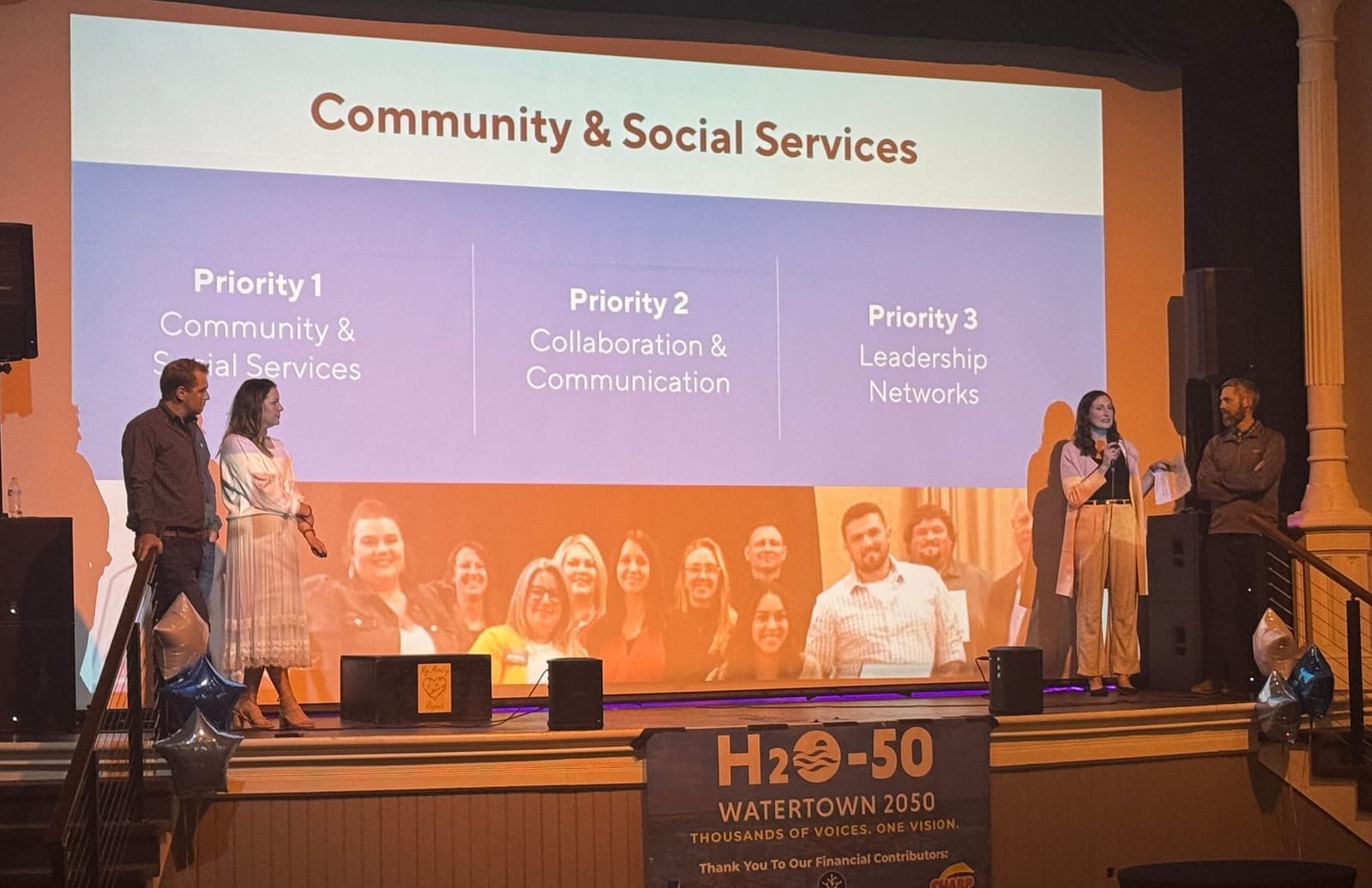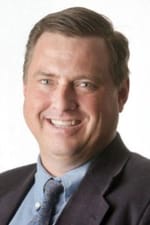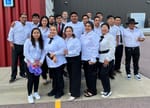WATERTOWN, S.D. – Lindsey Schwinger isn't sure how she can help chart a positive future for the city of Watertown, but she is certain she wants to try.
Schwinger, 38, grew up here and is now a stay-at-home mother who engages in charity work through the roller derby team she competes with.
"Being involved in the community and helping shape the future for our family and our children, that's super important," she said.
Schwinger explored opportunities to get further involved in her community at a June 12 event that marked the next stage of an ongoing, resident-driven planning process known as H2O-50, or Watertown 2050.
In many respects, Schwinger is exactly the type of person that organizers of the "visioning" effort hope will get engaged and make her voice and ideas heard on how this northeastern South Dakota city should change and grow over the next 25 years.

She's a homeowner, she's raising a family, she knows the city well and she's committed to seeing the community prosper.
A major component of the H2O-50 process is encouraging residents like Schwinger to participate and share their knowledge, hopes and expectations for how life can be even better than it is now in the city of 23,000 people. Given the optimism that permeated the community event, and based on her interest level, it appears organizers were successful in attracting Schwinger to participate.
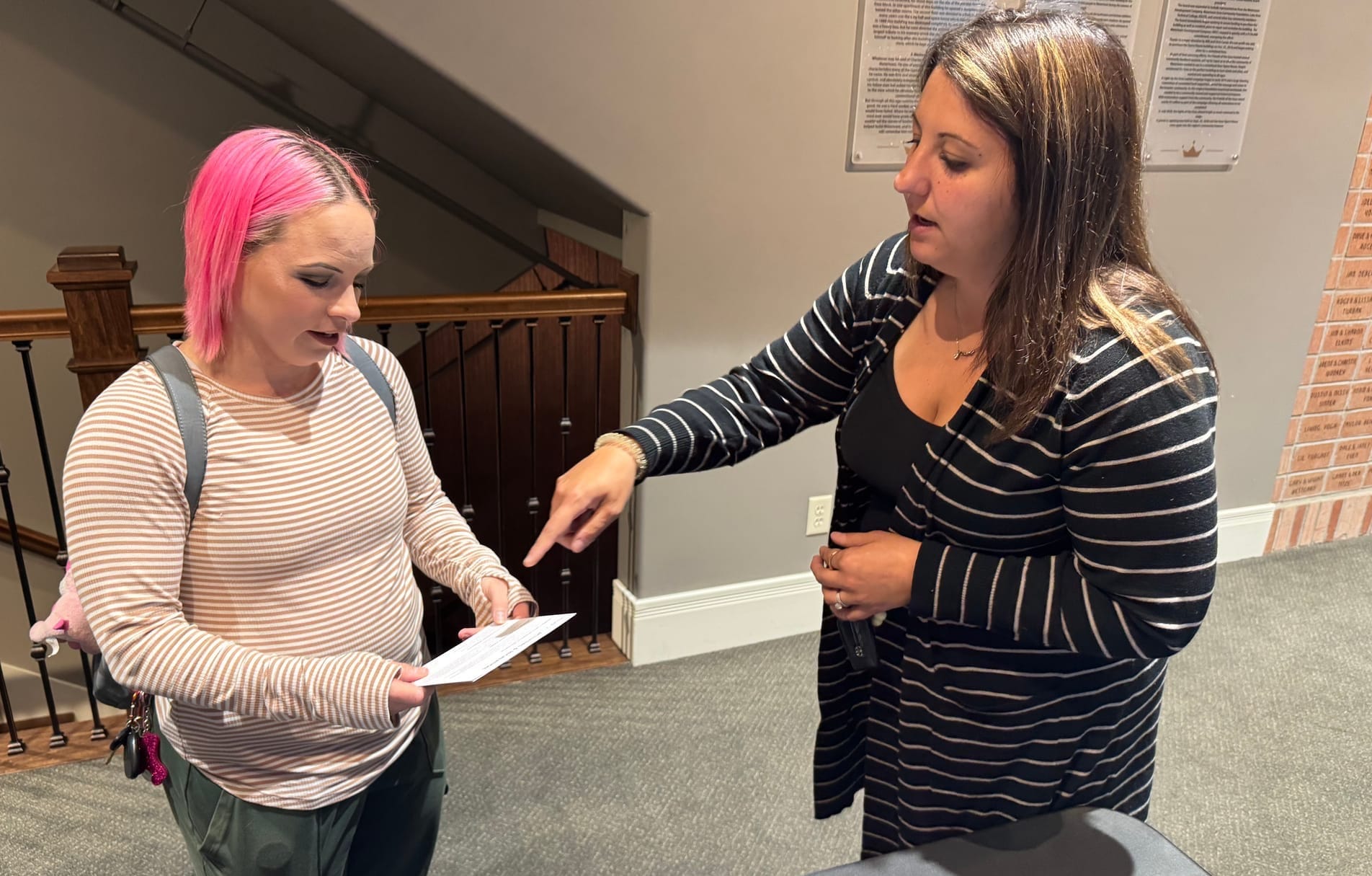
"I'm big into recreation, so I'd like to see us improve access to activities for medium- and low-income residents," she said. "I like being a part of my community, and this seems like a great way to be active in that."
Schwinger was among about 135 people, including a dozen or so children, who attended the gathering at the Goss Opera House in downtown Watertown to usher in the third and final phase of the H2O-50 planning process. It had a festive vibe, with a live band, drinks and many discussions on how Watertown can evolve.
The opera house was a fitting site for the event, as its restoration was one of the significant outcomes of the first planning process undertaken in Watertown, known as H2O-20.
The plan to restore the historic structure, and to find the money to do so, was one of a handful of successful capital improvement projects achieved by the initial planning effort.
Those efforts included construction of the $21 million Prairie Lakes Wellness Center in 2017, the $5 million restoration of the 130-year-old opera house in 2023 and the construction of the $36.5 million Prairie Lakes Ice Arena that opened last year.
South Dakota News Watch is monitoring and reporting about the planning process in Watertown as part of the news organization's “Engage South Dakota,” effort, which seeks to use storytelling and civic engagement as a way to identify and share solutions to problems in cities and towns across the state. News Watch previously reported on the H2O-50 process in September.
Planning process moves along in phases
The first phase of the H2O-50 process was to gather resident input into how the community could be improved.
Over roughly the past year, organizers interviewed about two dozen community leaders, held two community meetings and seven focus groups and sent out a community survey.
Just as they did during H2O-20, many residents responded, with nearly 3,100 surveys completed, representing ideas from more than 10% of the city population. The surveys included a couple dozen responses in Spanish, which organizers said helps ensure the city's Hispanic residents are being heard.
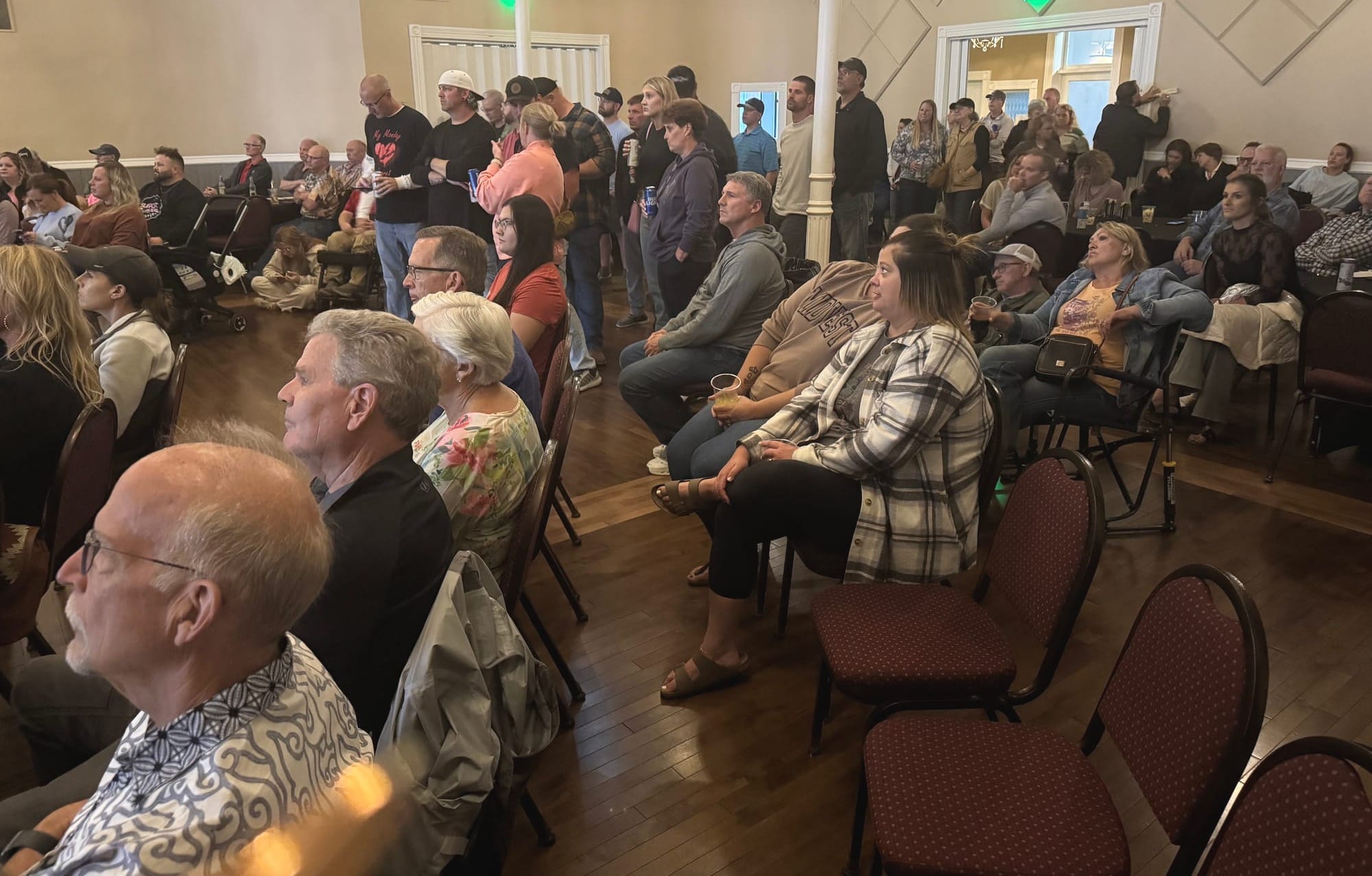
In the second phase, organizers used the resident input combined with analyses of a handful of similar-sized cities in the region to identify Watertown's strengths and its needs. Based on those findings, organizers identified four key "pillars" upon which further planning efforts will focus: housing supply, activities and recreation, workforce capacity and community building.
The surveys revealed that many residents feel great about living in Watertown. But it also revealed some big needs, including a lack of affordable housing and a shortage of amenities that could attract more young people to the city.
Now, committees and subcommittees consisting of residents and local officials will begin to tackle challenges in those four categories, according to local attorney Liam Culhane, who is chairing the H2O-50 effort along with his wife, Amanda.
Some committees will examine issues of a large scope, while others, such as one focused specifically on the future of Lake Kampeska, will drill in on highly specific topics, Liam Culhane said.
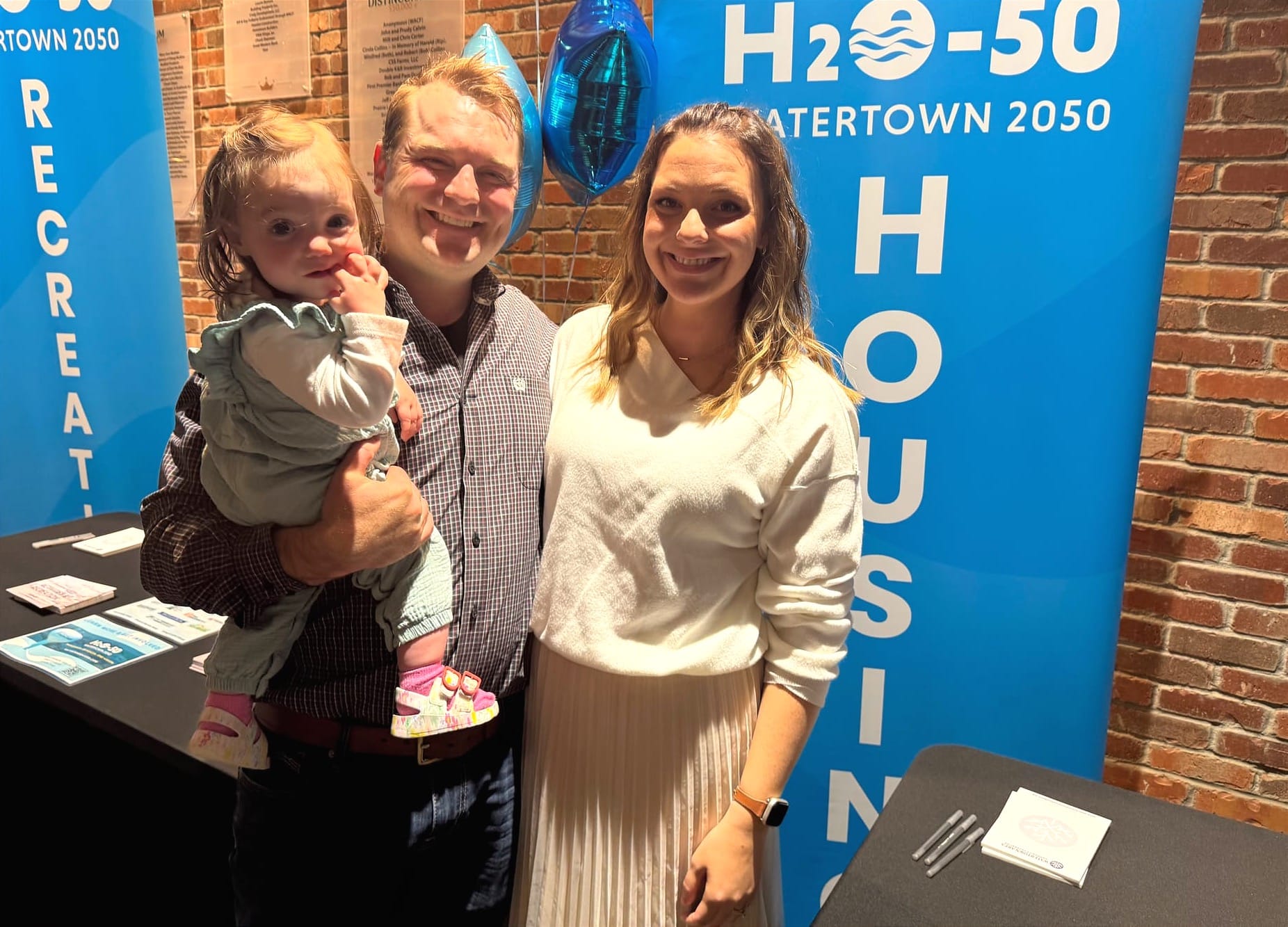
"The lake is a hot issue and a sometimes contentious issue," Culhane said. "What do we do in terms of development there, in term of recreational opportunities, and what should the city's role be in that?"
Culhane said he doesn't think the desire for large capital projects is as high as it was during H2O-20 and instead expects the final report to identify solutions to challenges that can hamper quality of life or restrict growth, such as expanding access to housing and child care while creating new recreational and social opportunities.

Culhane said a major strength of the planning process is that residents play a big role in determining what to tackle and how to do so.
"We've known about a lot of these challenges for years now, and we know we can't wait on the state or federal government to bail us out," Culhane said. "We're going to have to get creative on the local level."
Culhane said the high survey response rate and strong attendance at the June 12 event give him confidence positive changes will result.
"I'm really energized and refreshed to see that in the end, we're all on the same page on many issues in Watertown," Culhane said. "We might have different ideas on how to get there, and that's OK. But generally the community really wants to see the same things get done."
Mayor: Process 'making my job easier'
Watertown Mayor Ried Holien, a former state lawmaker, told News Watch he is eager to hear from residents about their wants and needs, and he sees great value in the resident-driven approach to the H2O-50 planning process.
"I've been in politics a long time and I know there are people in elected positions or in government staff who have some hesitancy to accept when citizens take a leadership position or push an agenda of what they want to see in their community," Holien said at the event. "I've always thought that was odd because in my mind they're making my job easier because they're all just trying to make Watertown better."
Holien said the H2O-50 process will undoubtedly lead to tangible results for the community. "We'll get way more done than just a lone voice trying to lead a community can because these people all care deeply about their community."
Generating ideas from the ground up
Local real estate agent Nash Colberg is working with the committee that will examine ways to improve the housing situation in Watertown. Colberg said he's already well aware that providing opportunities for affordable housing – both for renters and potential owners – is critical to the future growth and success of the community.
"It's a challenge almost every growing community in South Dakota is facing, and we have really high demand for housing here in Watertown right now," he said.

Colberg came to the June 12 event to answer questions from the public about the planning process and to generate interest among residents in possibly joining the committee focused on housing.
He said a couple ideas have already bubbled up in the community survey and from discussions with other residents and community leaders. Among them: finding resources to rehabilitate older properties that may be in disrepair, developing public-private partnerships and rezoning some areas of the city to make it easier and faster to develop new housing.
"If we had more housing, especially affordable housing, that would make it easier for people to move here and keep the community growing."
This story was produced by South Dakota News Watch, an independent, nonprofit organization. Read more stories and donate at sdnewswatch.org and sign up for an email to get stories when they're published. Contact Bart Pfankuch at bart.pfankuch@sdnewswatch.org.

